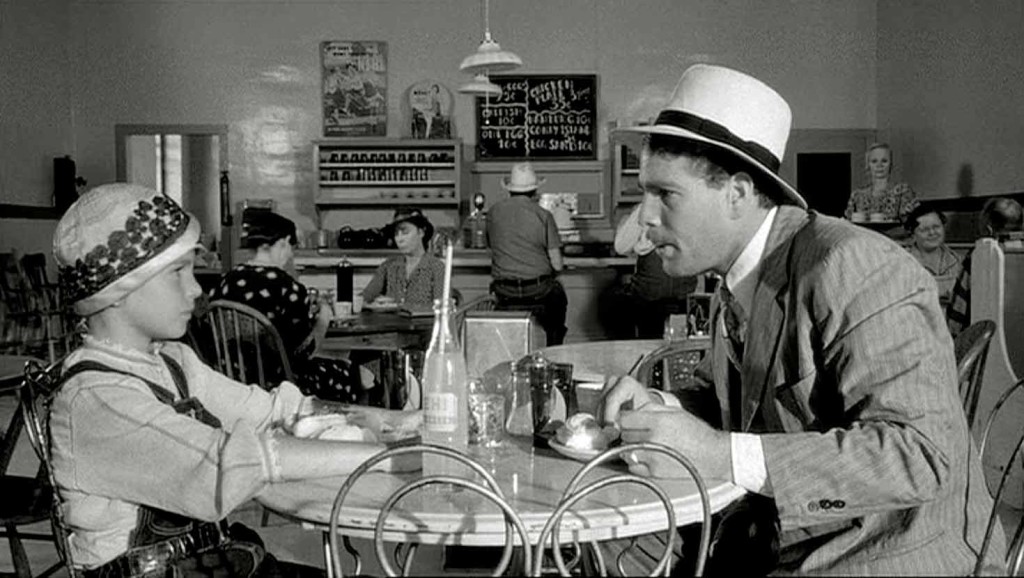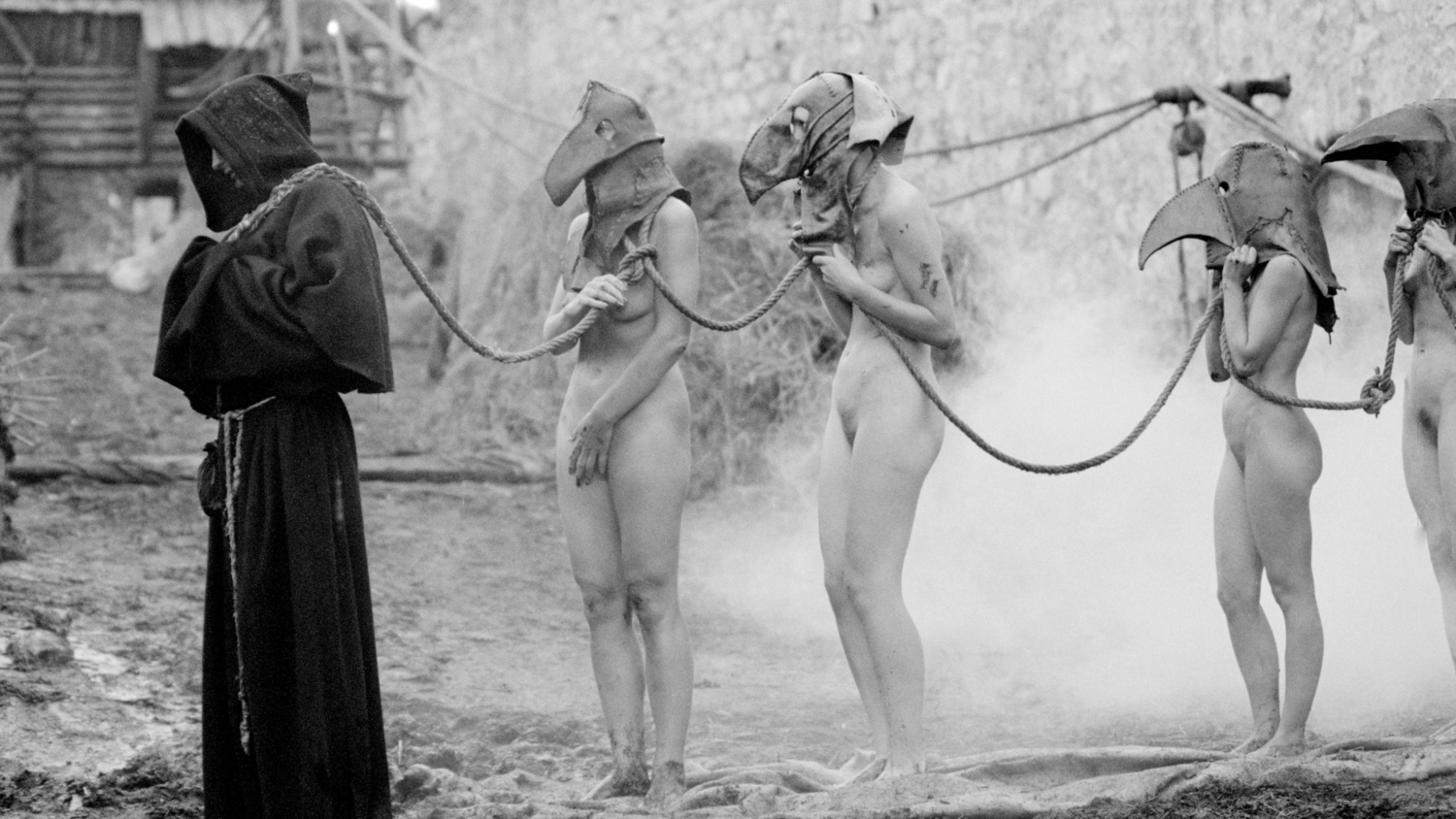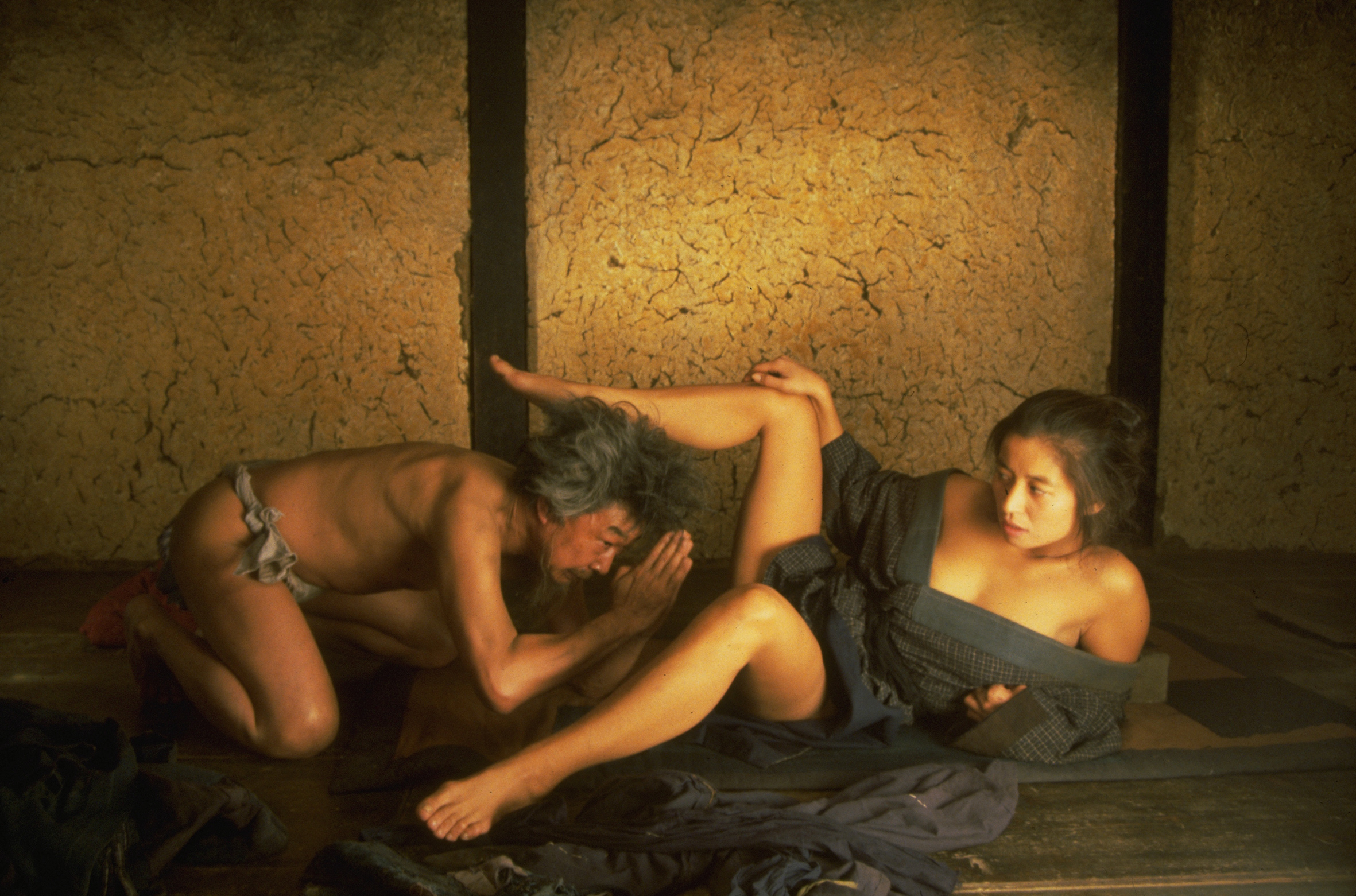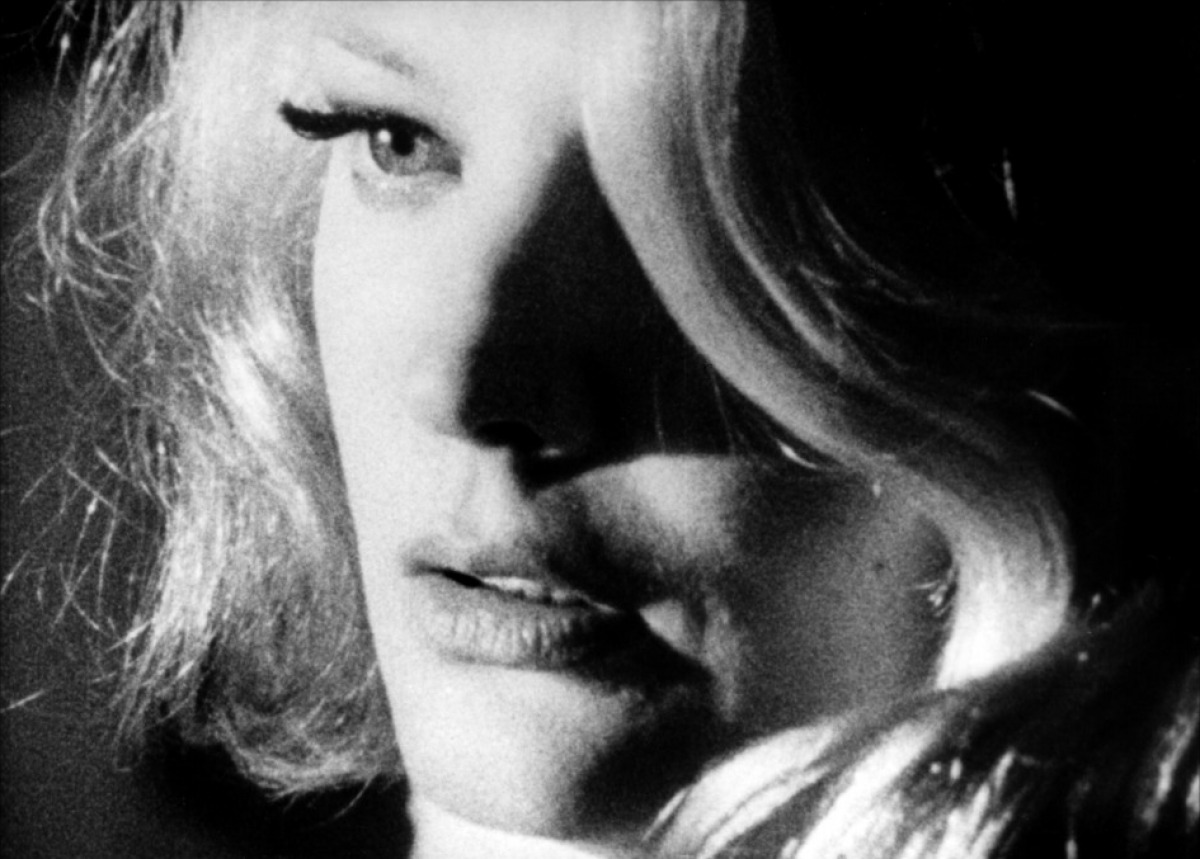Blu-ray essentials – Paper Moon
 What’s Up Doc? was one of the highest grossing films of 1972 and running hot from its success, director Peter Bogdanovich chose to make another movie just as influenced by the older Hollywood that he has always heaped with praise and adoration.
What’s Up Doc? was one of the highest grossing films of 1972 and running hot from its success, director Peter Bogdanovich chose to make another movie just as influenced by the older Hollywood that he has always heaped with praise and adoration.
The leads of the picture were real life father and daughter Ryan and Tatum O’Neal as Moses, a depression era bible salesman and conman, and Addie, a young girl who may or may not be his daughter. Seeing the potential to make a quick and easy buck, Moses agrees to transport Addie across America to her aunt’s home in Missouri. The journey is anything but easy, and while Addie has a wisdom beyond her years that helps Moses make money on multiple occasions, her presence also makes his life less simple than he’d like.
The chemistry between the two leads is, unsurprisingly, electric. A glance, frown or wry smile from one is always greeted by the perfectly pitched return volley from the other, this interplay adding to the comedy or deepening the emotional significance of their scenes together.
Bogdanovich was working from a screen adaptation of Joe David Brown’s novel Addie Pray by screenwriter Alvin Sargent, and shows an assured grip on the the material. There are many tightropes that needed to be walked carefully, particularly in respect of the film’s tone, and while Bogdanovich had to tread carefully, he never once seems to teeter.
As a sublime example of how comedy and drama might blend, and how pathos can be introduced into a caper in a measured manner, Paper Moon has proven highly influential. You can see its value to films as diverse as Rian Johnson’s The Brothers Bloom and Shawn Levy’s Real Steel, the latter of which is, in many ways a remake of Paper Moon, albeit one with the addition of fighting robots.
Bogdanovich looked to the past not just for the period setting, but also for stylistic cues from a number of filmmakers whose films he adored and, in many cases, he had befriended. John Ford’s Grapes of Wrath perhaps feels like the most obvious touchstone, considering the often matter of fact presentation of the Depression era, but it’s also clearly apparent that Bogdanovich and cinematographer Laszlo Kovacs drew upon Orson Welles‘ love of deep focus.
One scene in particular features Moses buying a ticket from a booth, and it’s possible to see children playing in the distance through a window. It’s more than a little reminiscent of the sequence in Citizen Kane in which the young Kane is seen playing with his sled through the window of his childhood home.
But this isn’t just homage, and Bogdanovich applies the borrowed techniques for important storytelling purposes. In this scene, for instance, there’s also reverse shot of Moses, with Addie far away and looking forlorn. The contrast is obvious and immediate.
Paper Moon is a highly entertaining feature, with a great many light touches from Bogdanovich in the film’s more humorous scenes, and it’s probably still the most quietly moving feature he’s ever made.
This new Blu-ray from Masters of Cinema is a superb presentation of the film, with a delicate transfer and a clear audio track with almost no signs of imperfection. The image features a fine layer of consistent grain and a wide range of greys and inky blacks.
Extras are plentiful and excellent, including a commentary and three mini-documentaries about the film’s production, but these were ported from a previous DVD, so will most likely not be new to fans of the film. Nonetheless, they are very worthy inclusions. A booklet is also included in finished copies, though it was not available to me at the time of writing.
Paper Moon is available now from Masters of Cinema.





